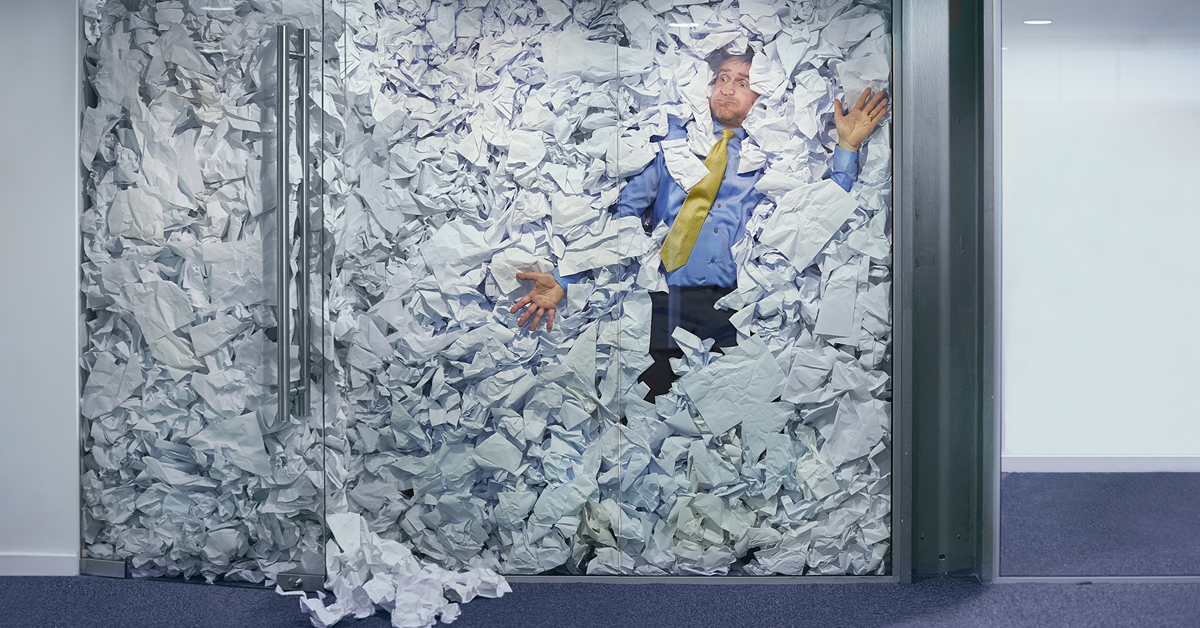How Social Savvy Is Your HR Department?
This week, Forbes posted an article entitled “2015: Social HR Becomes A Reality.” The author, Jeanne Meister, says that “2015 will see the advent of the consumerization of HR,” where employees expect the same online user experience with HR as they do when they “reserve a taxi on Uber or pay their bills on the Bank of America mobile app.” And the expectation isn’t just among the younger generation. A recent MIT Sloan research report showed 57% of workers age 22 to 52 consider “social business sophistication” to be an important factor when choosing an employer. A Facebook Demographics report showed the fastest growing demographic on both YouTube and Google + is 45-54 years old. As Meister notes, “research suggests that we are no longer divided into a world of either digital immigrants or digital natives: Instead, we are now all digital citizens.”
The article cites several ways HR can become more social, from the very tech savvy to the simple. Two of the most interesting are the development of HR apps and expanding the use of gamification beyond wellness to learning.
According to Gartner, a leading information technology research and advisory company, 25% of all enterprises will have their own Corporate App Store by 2017. In fact, many companies are developing apps for HR and learning. Cognizant Technology Solutions has developed over 50 apps to drive greater interest in continuous learning. Combine that type of technology with the science of gamification and you’ve got yourself a winning training and engagement strategy. NTT Data developed an Ignite Leadership game that quickly expanded from 70 leaders to over 700. The game was developed to train leaders in five key skills: negotiation, communication, time management, change management and problem solving. Incentives were linked to the games, offering 6 hours of training credit towards the mandatory 20 hours for completion of the games. Plus sites were recognized for team participation in the games.
As Meister says, “it’s important to remember gamification in the workplace is not just about using badges, mission and leaderboards. If designed properly, it is a form of engagement which identifies a learning objective and target audience, then determines what motivates them. From there, gamification can change the way employees work, communicate and innovate with peers and customers.”
Learn more by reading Meister’s column “Gamification for Leadership Development.”


